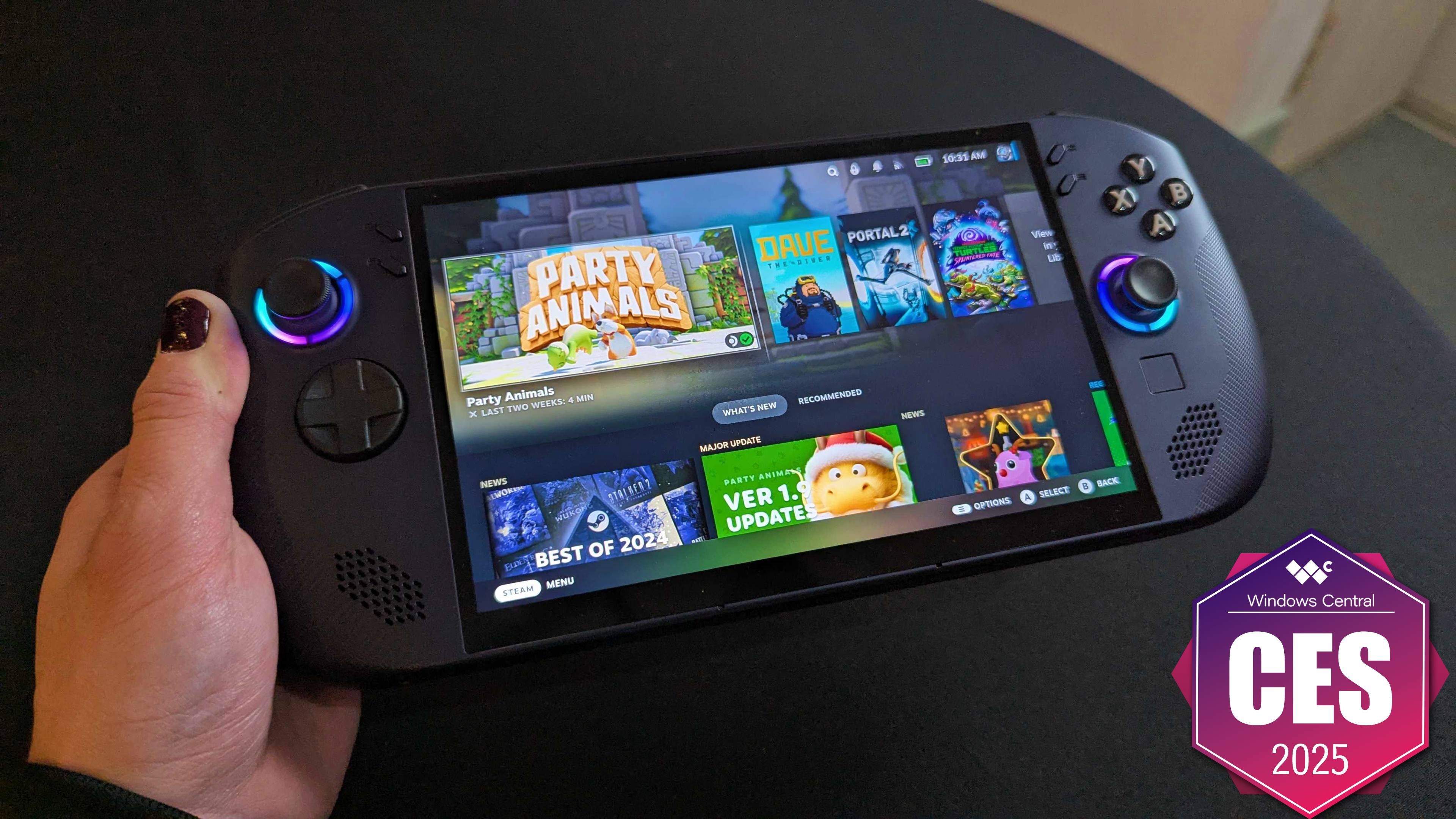
The gaming handheld market has been progressively heating up for a while now, but Lenovo just dropped a firebomb on the whole scene. During CES 2025, Lenovo revealed three new Lenovo Legion handhelds, including the first ever true competitor for Valve's popular Steam Deck and a sneak peek at the next generation of Legion Go gaming.
The Lenovo Legion Go S is a new premium gaming handheld that takes the fight straight to the ASUS ROG Ally with a sleek design, but it doesn't just come with Windows 11. Later this year, gamers will also be able to buy a variant of the Legion Go S running SteamOS, the same specially tailored custom interface currently exclusively used by the Steam Deck. The Legion Go (Gen 2) doesn't have a date yet, but it's coming, too, and it looks great.
I had the opportunity to spend some time with all three handhelds and came away more impressed than I expected with the Go S.
A new Legion Go S — with both Windows and SteamOS
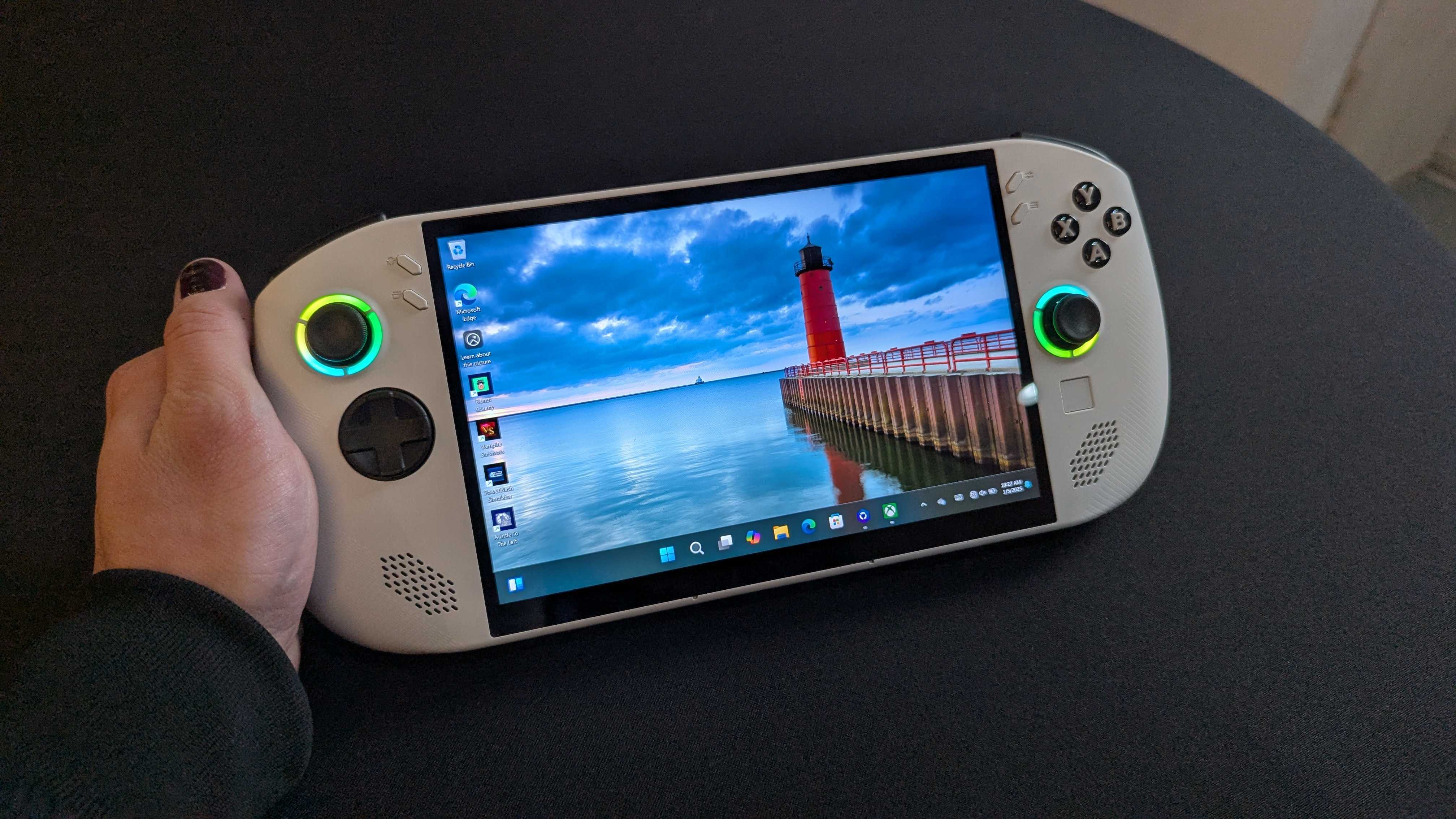
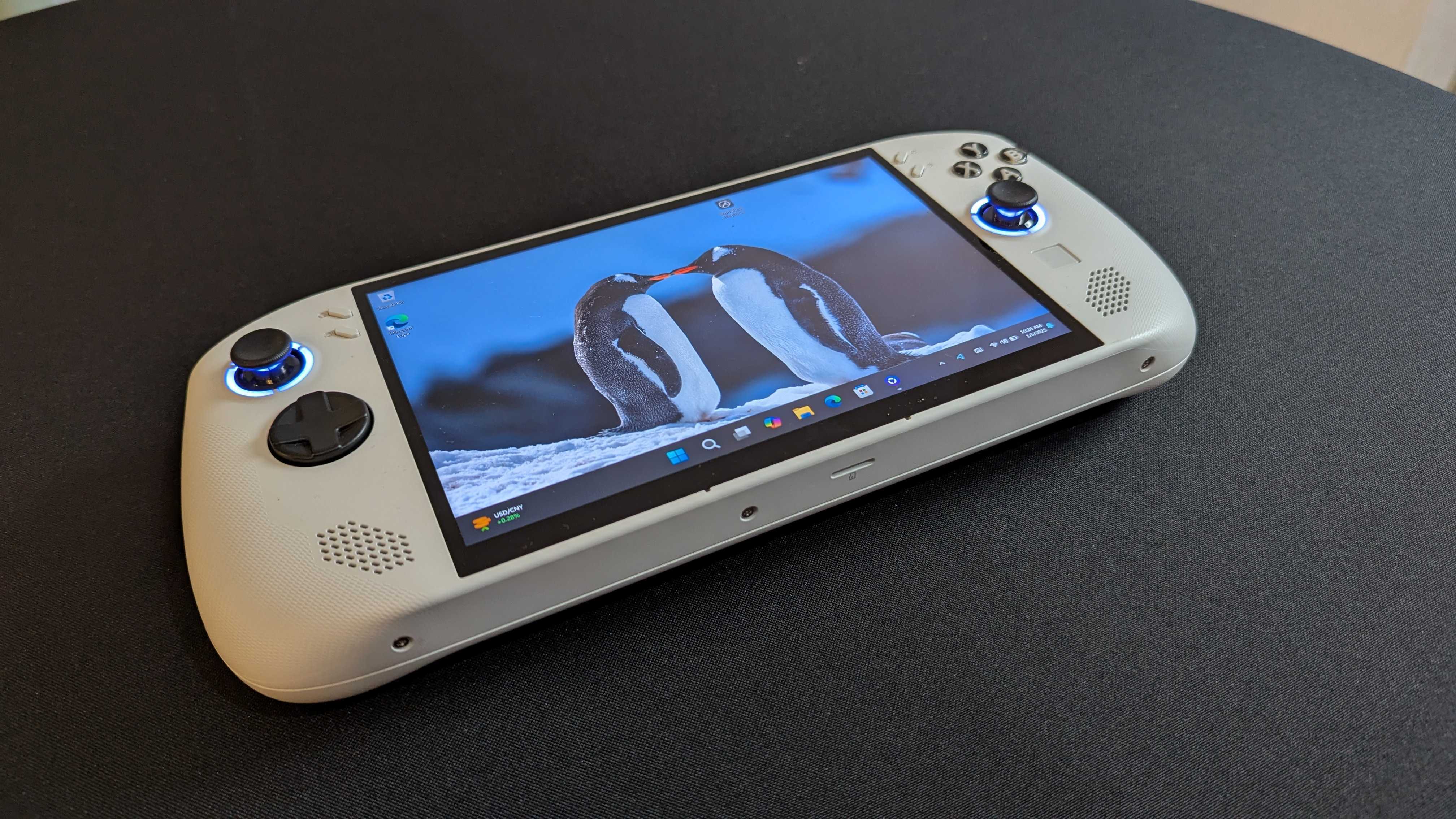
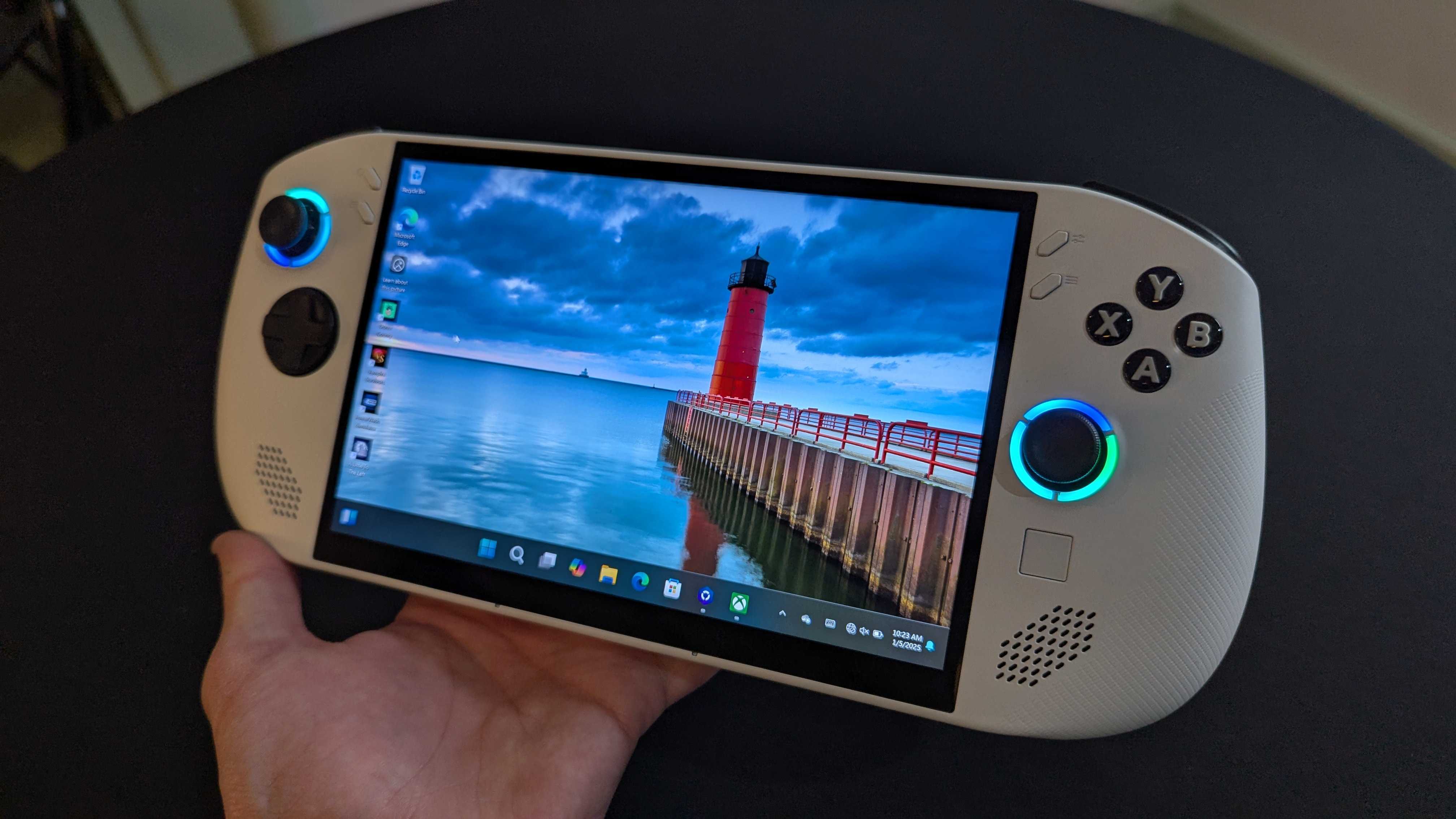
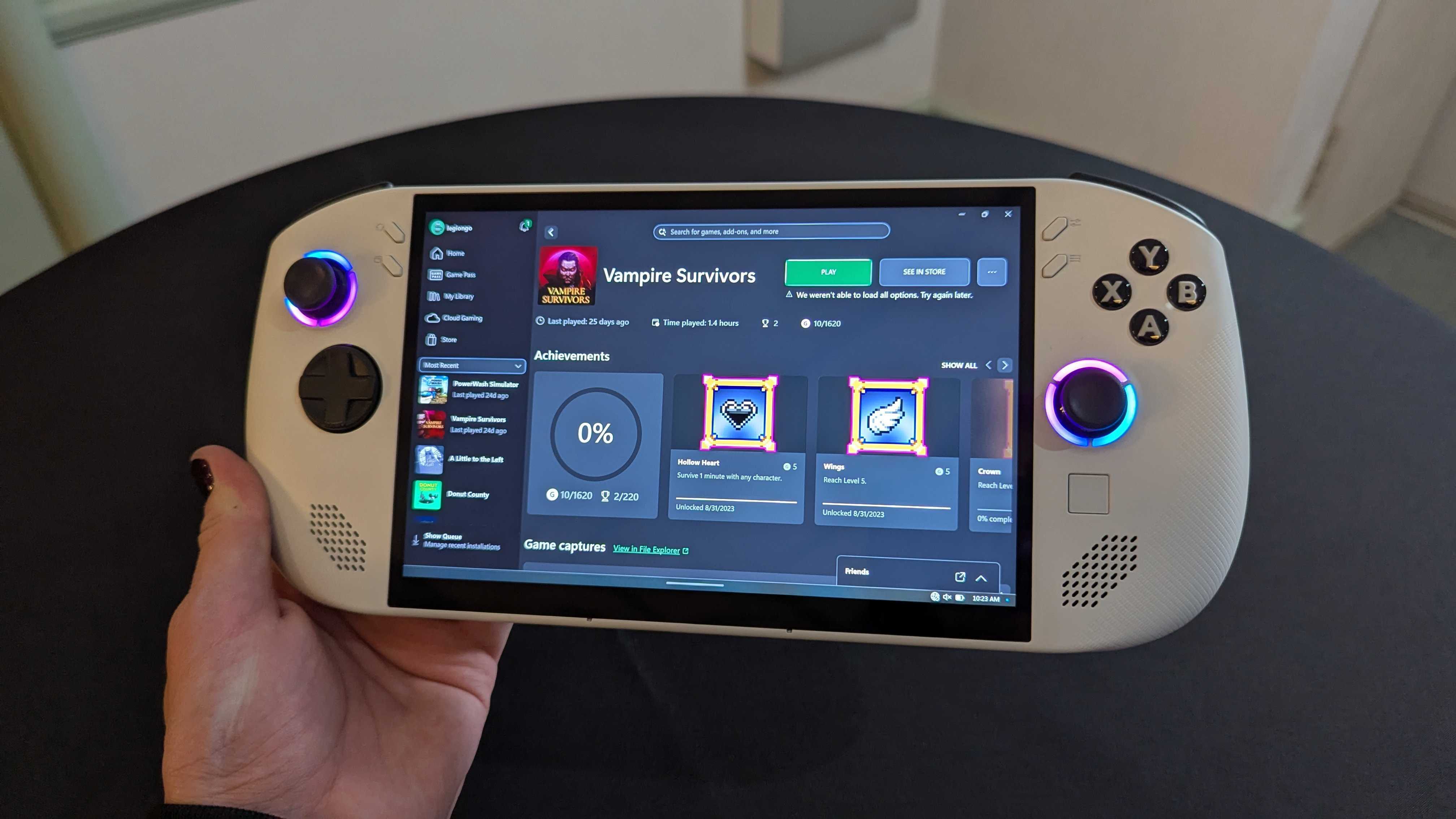
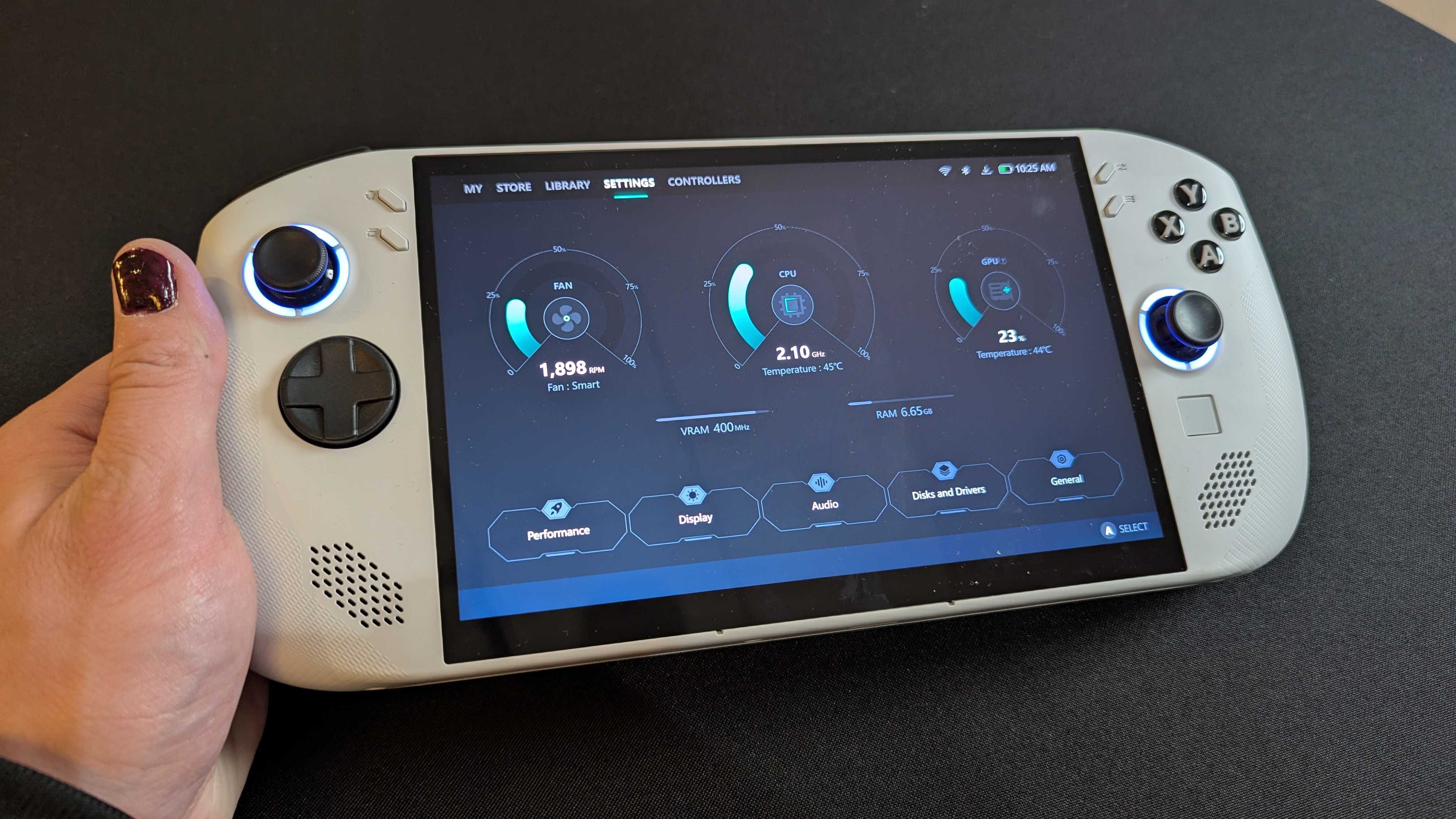
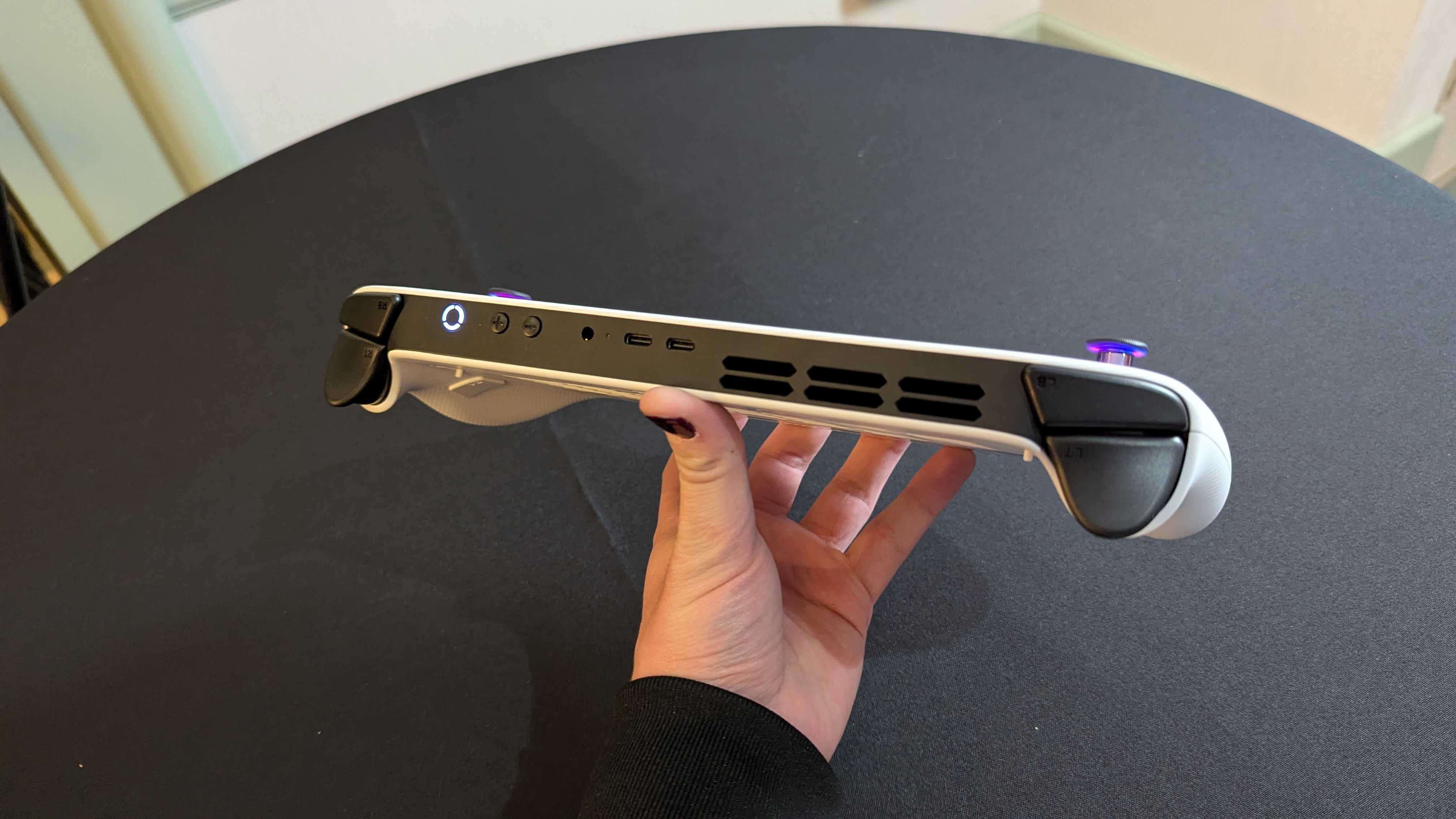
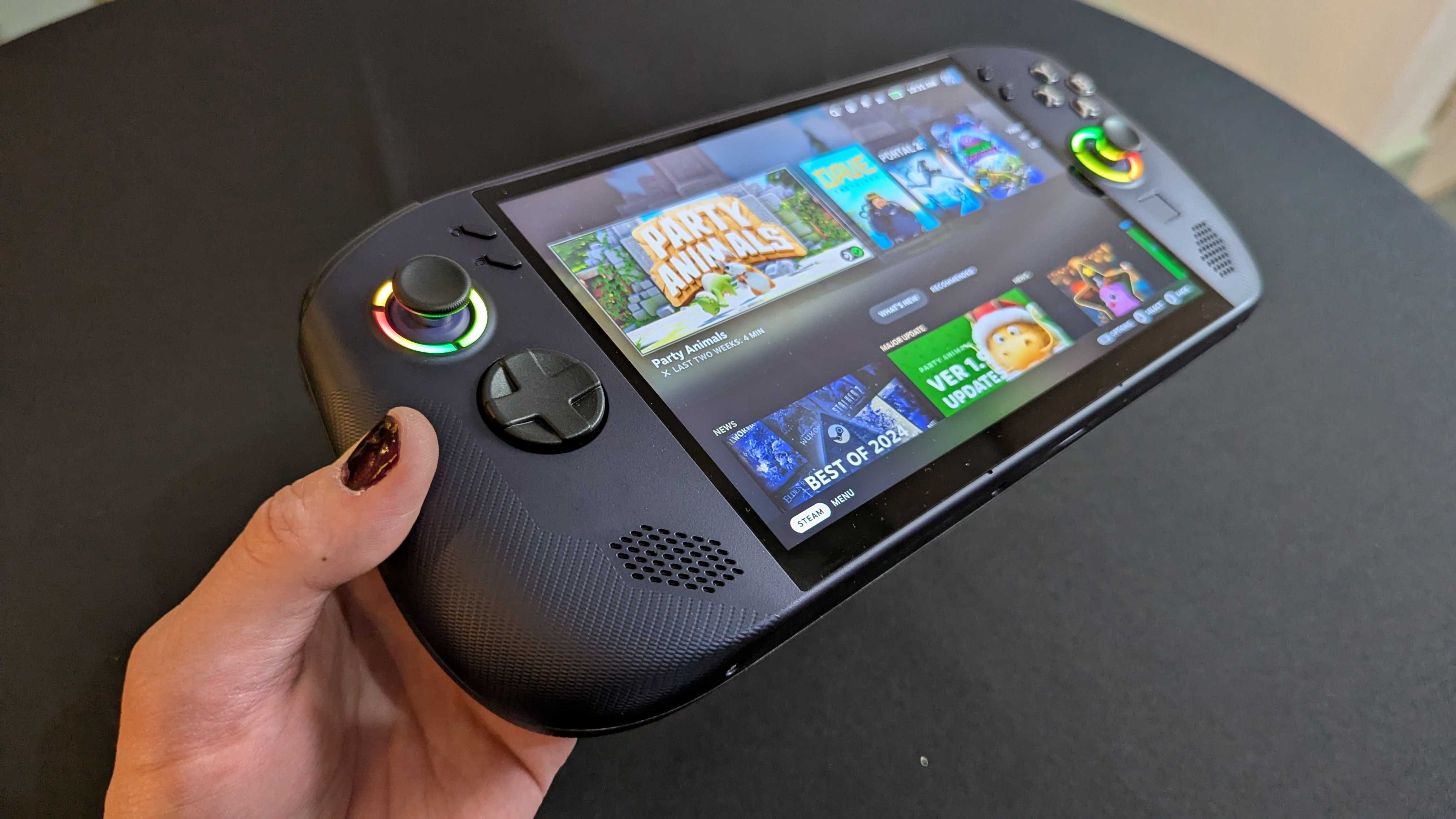
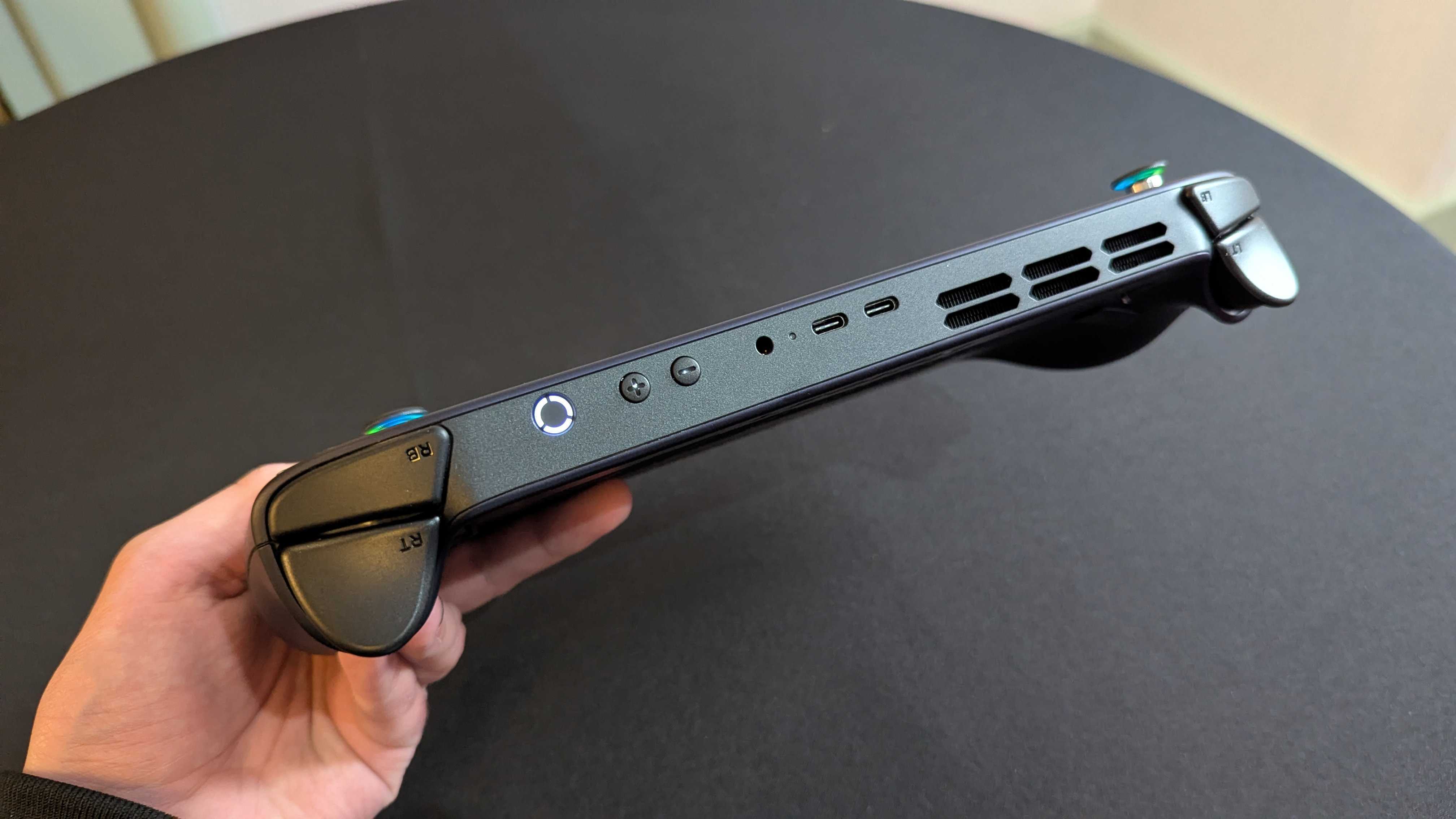
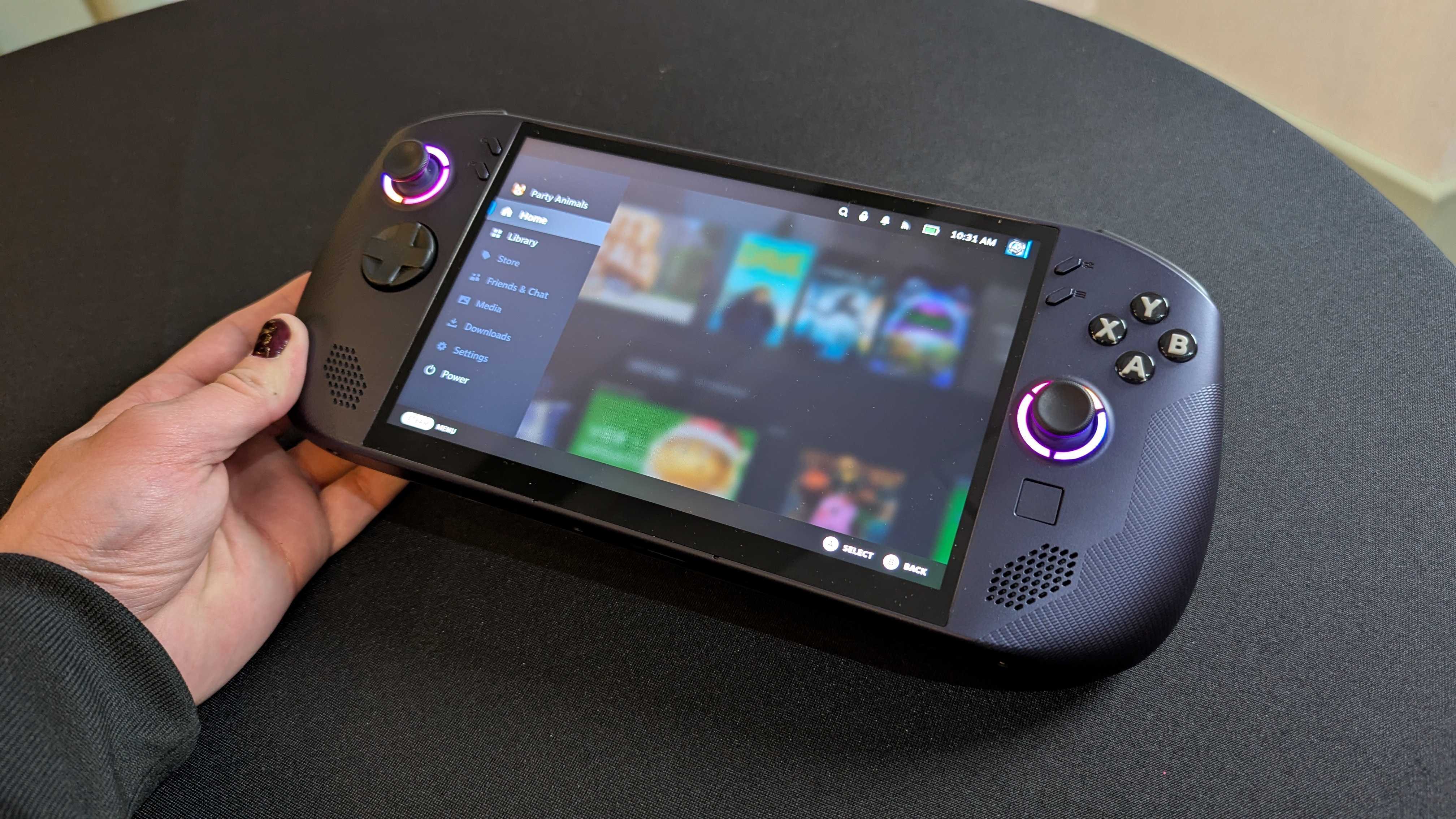
The real star of today's show is the Lenovo Legion Go S, which represents a departure from Lenovo's handheld gaming strategy up until this point. Rather than a utilitarian but highly practical design, the Legion Go S is sleek and clean.
• Price: From $499.99 starting (Ryzen Z2 Go) to $729.99 starting (Ryzen Z1 Extreme)
• Display: 8-inch IPS LCD, 16:10 aspect ratio, FHD+ (1,920 x 1,080) resolution, 120Hz refresh rate, 500nits max brightness, 97% DCI-P3 color gamut, multi-touch support, Variable Refresh Rate (VRR) support
• CPU: AMD Ryzen Z2 Go (4 cores, Zen3+ architecture) | AMD Ryzen Z1 Extreme (8 cores, Zen4 architecture)
• GPU: AMD Radeon 700M series (RDNA 2 for Z2 Go, RDNA 3 for Z1 Extreme)
• RAM: Up to 32GB LPDDR5X @ 6,400MHz
• Storage: Up to 1TB M.2 NVMe PCIe Gen 4.0 SSD (M.2 2242 & 2280 supported)
• Battery: 55.5Whr, 65W USB Type-C fast charging
• Dimensions: 299 x 127.6 x 22.6mm (11.77 x 5.02 x 0.88in)
• Weight: 740g (1.63lbs)
The dual-tone black-and-white design is much closer to the existing ASUS ROG Ally or Steam Deck than the first-gen Legion Go, as the detachable controllers are gone. You're looking at an 8-inch, 16:10 IPS LCD display with a 120Hz refresh rate and multi-touch support, and it does feature Variable Refresh Rate (VRR), a feature strangely missing on the original Go.
On either side, you'll find the new Hall Effect thumbsticks that should be more precise and help combat stick drift, as well as the more circular and ergonomic D-Pad. There are new dual-stage triggers, too, with the trigger locks enabled via switches on the back of the handheld. This handheld is still quite large and heavy compared to some other options, but it's certainly more demure than the beefy Legion Go that came before it.
Oddly enough, I was reminded of the Logitech G Cloud Android handheld I reviewed, but in a good way. The Legion Go S was far more comfortable to hold than I expected, expertly disguising its rather large size in a way that almost defies belief. You still get a built-in touchpad to help navigate Windows, too, although it is tiny (it still works well, from my limited experience).
On the inside, you'll find either the AMD Ryzen Z2 Go, a more affordable chipset designed exclusively for the Legion Go S, or the familiar Ryzen Z1 Extreme we've seen in all the most premium PC gaming handhelds. The Ryzen Z2 Go is expected to offer modest performance but (hopefully) great efficiency and a lower price point. Supporting that chipset will be up to 32GB of RAM and 1TB of SSD storage, which is still swappable.
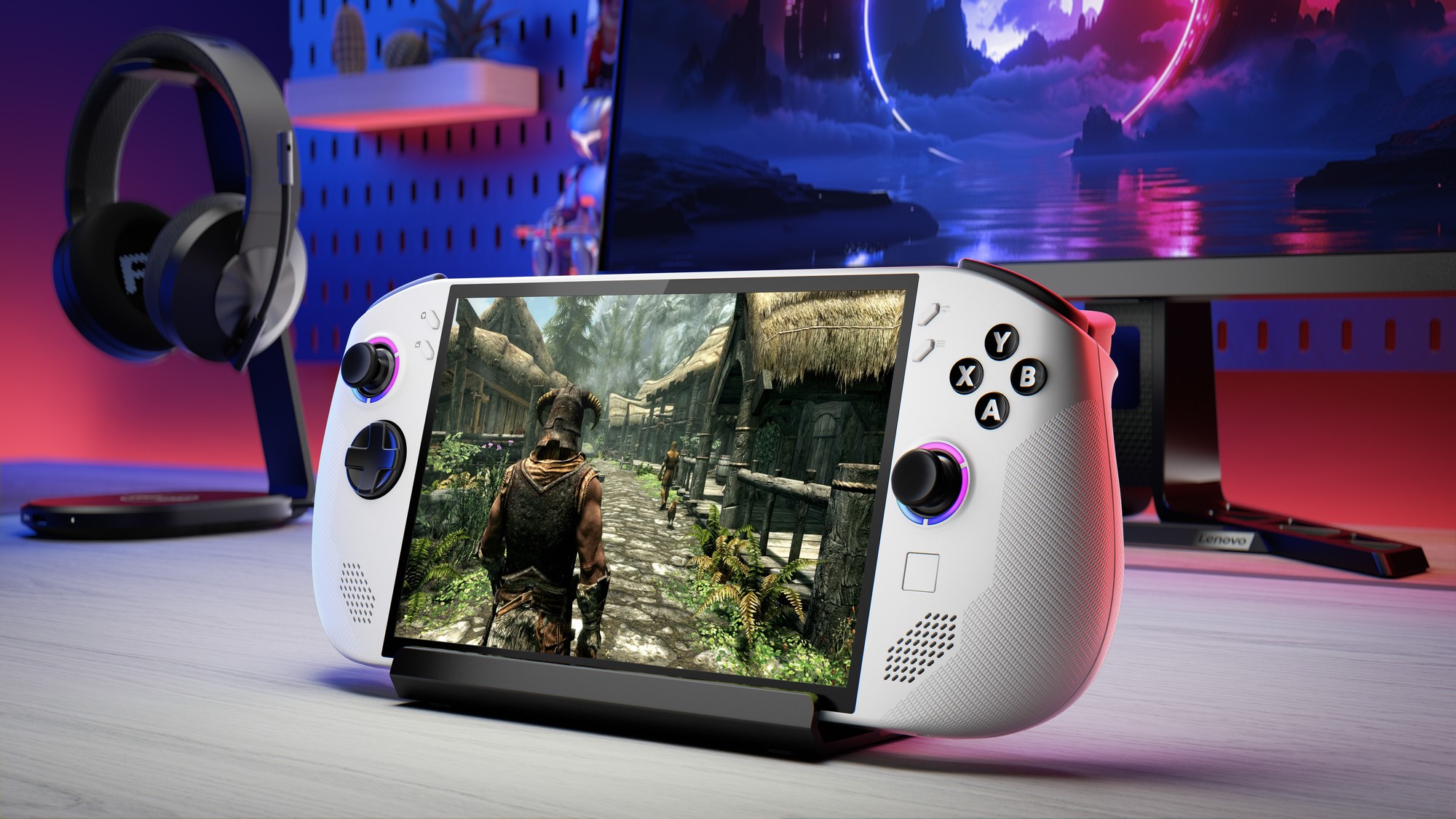
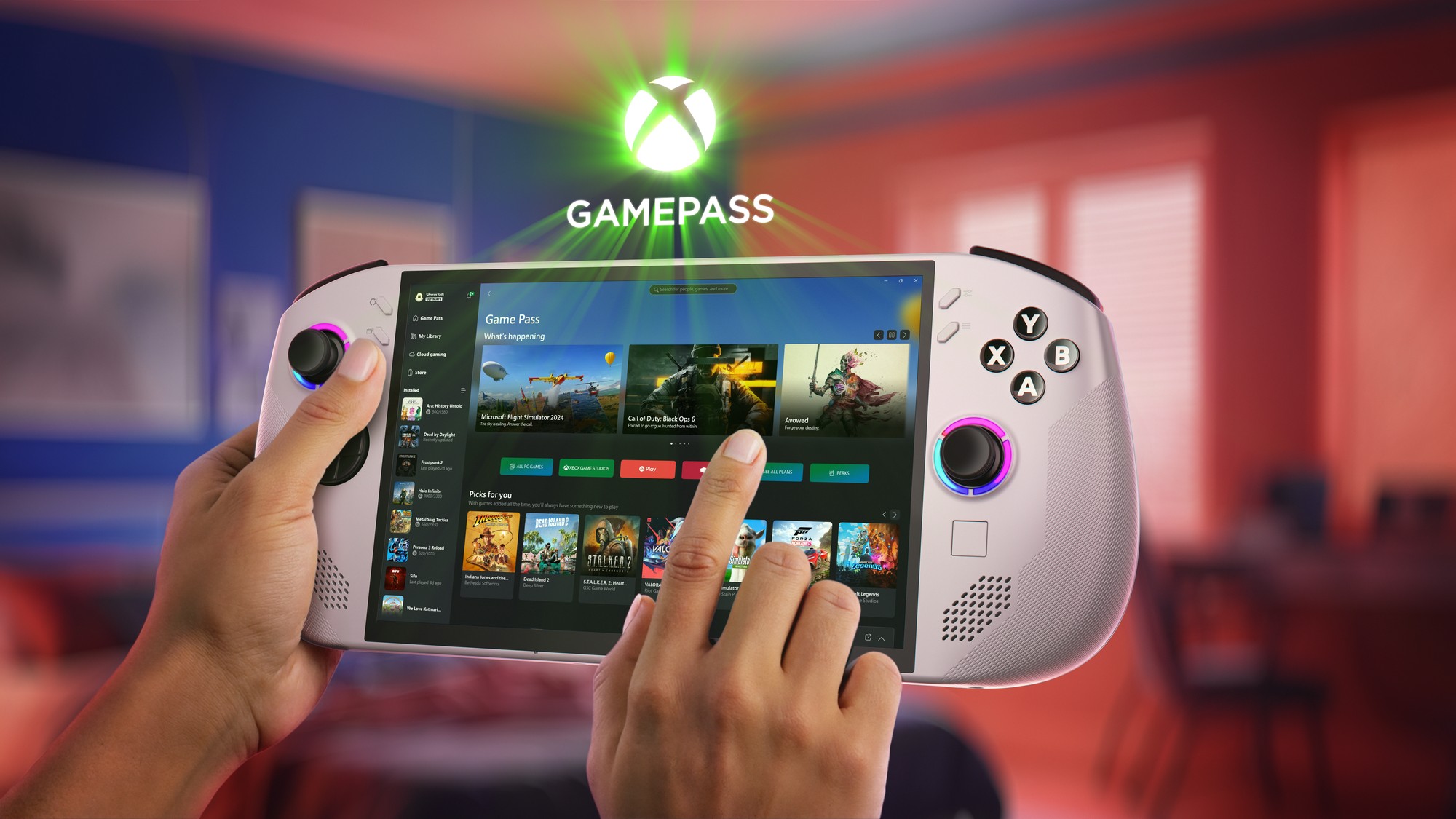
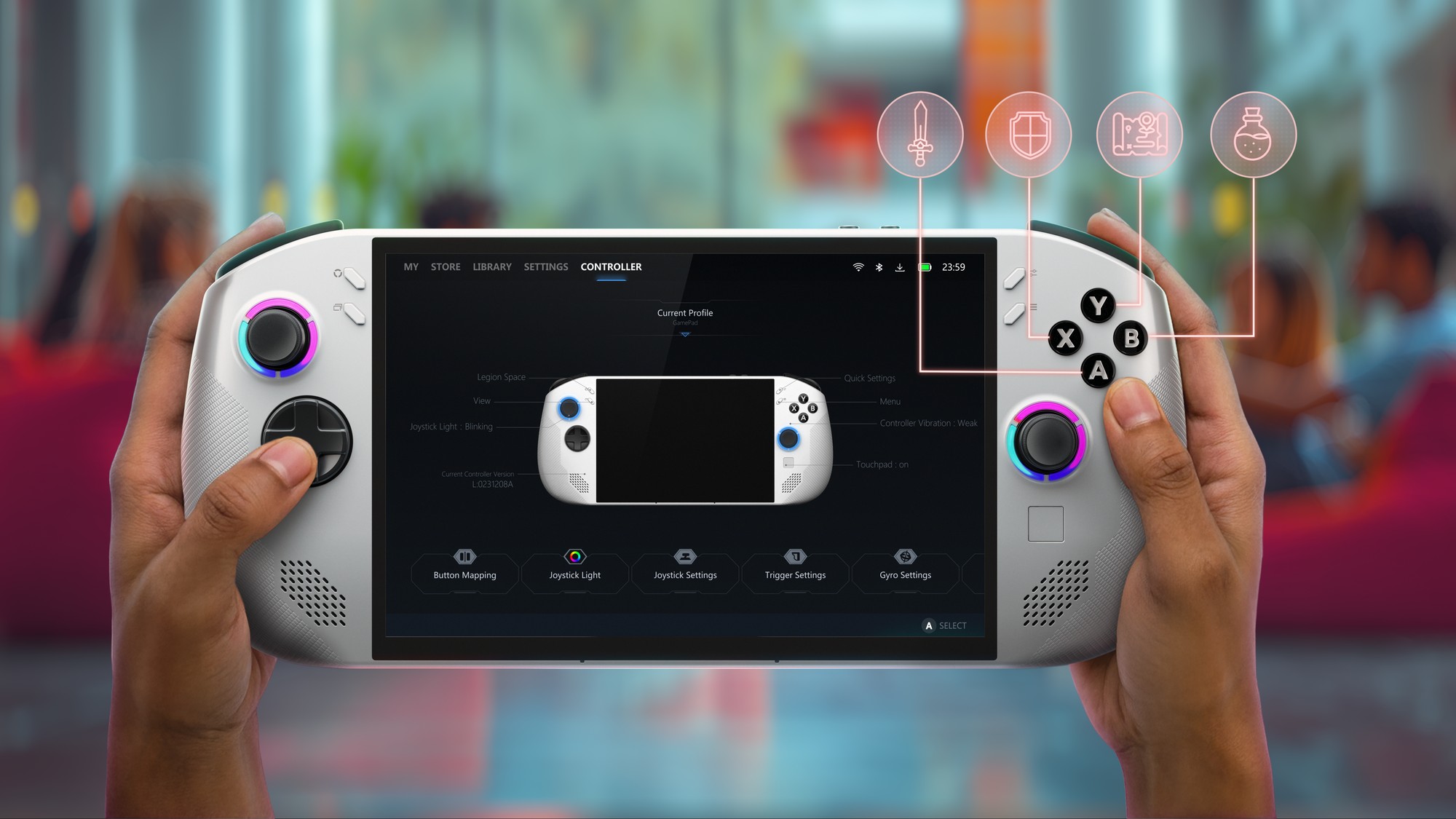
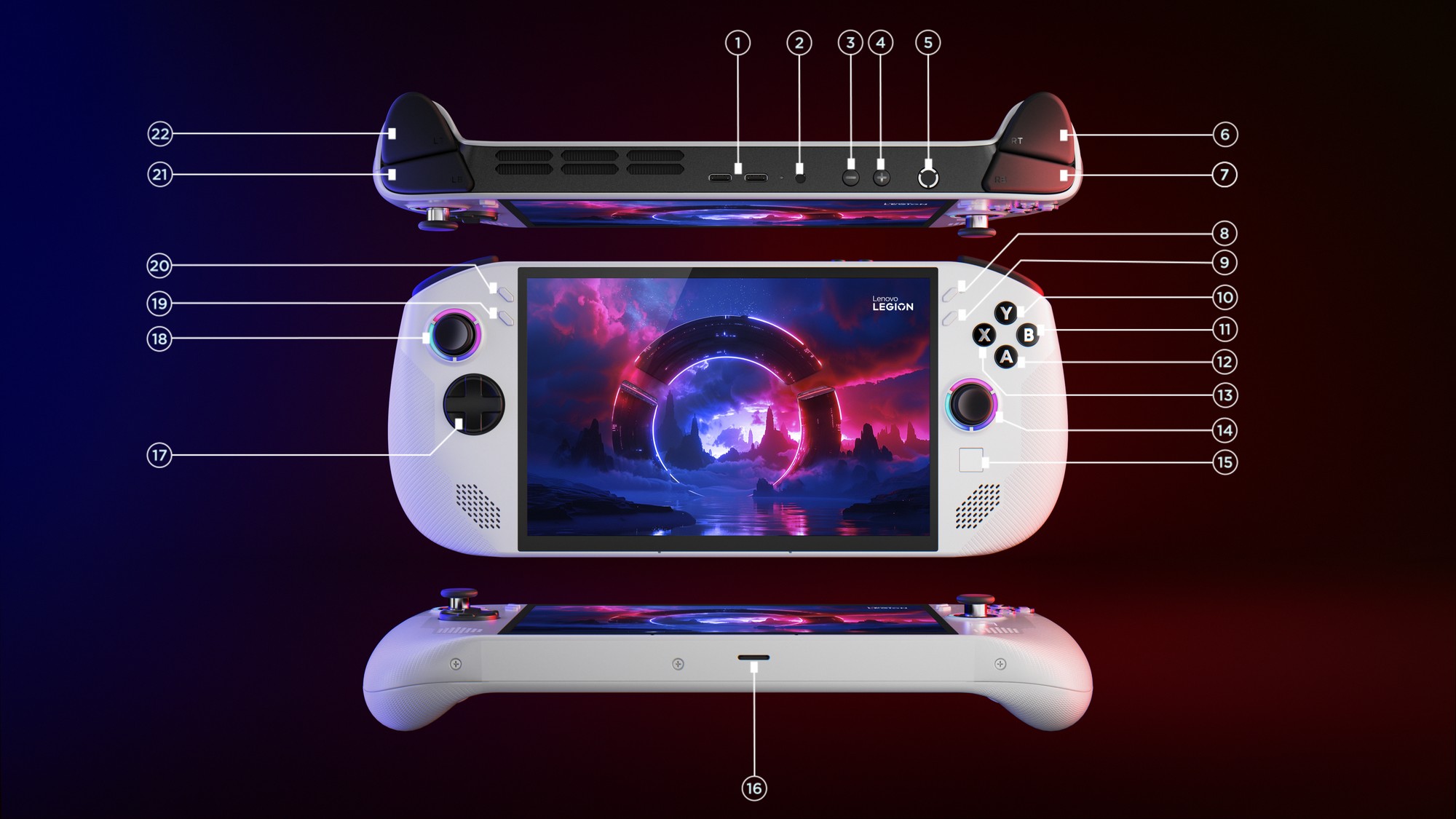
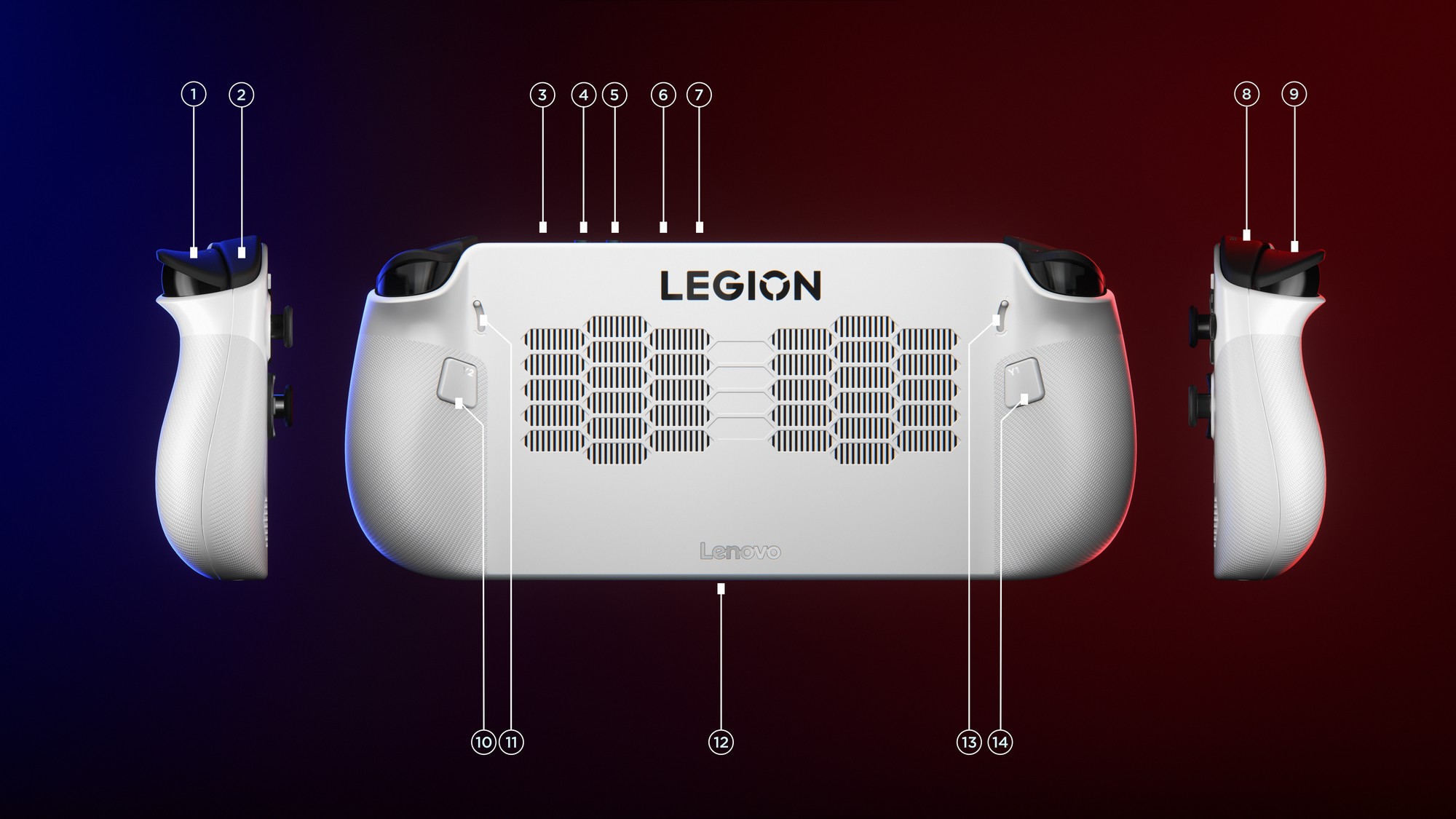
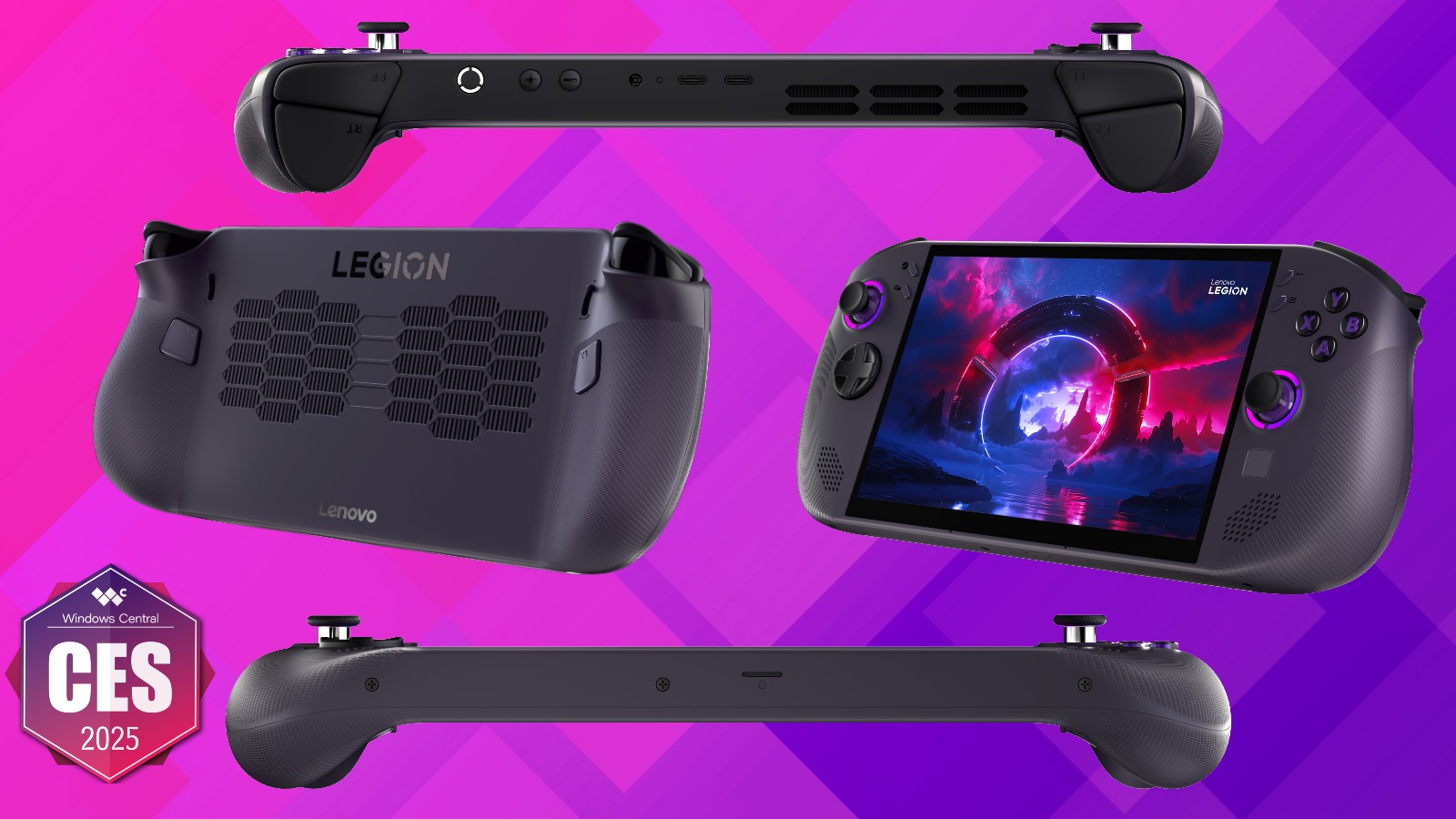
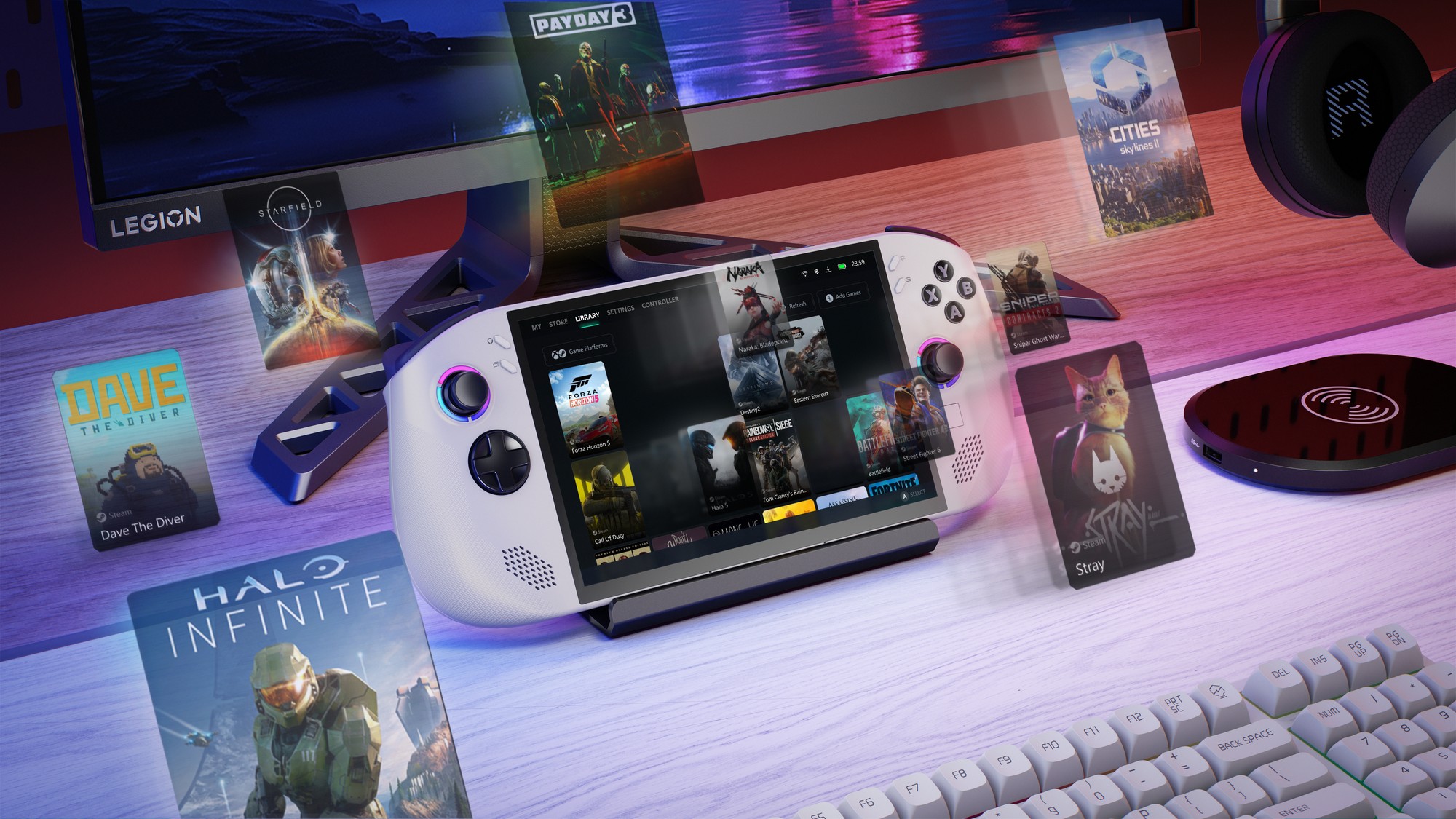
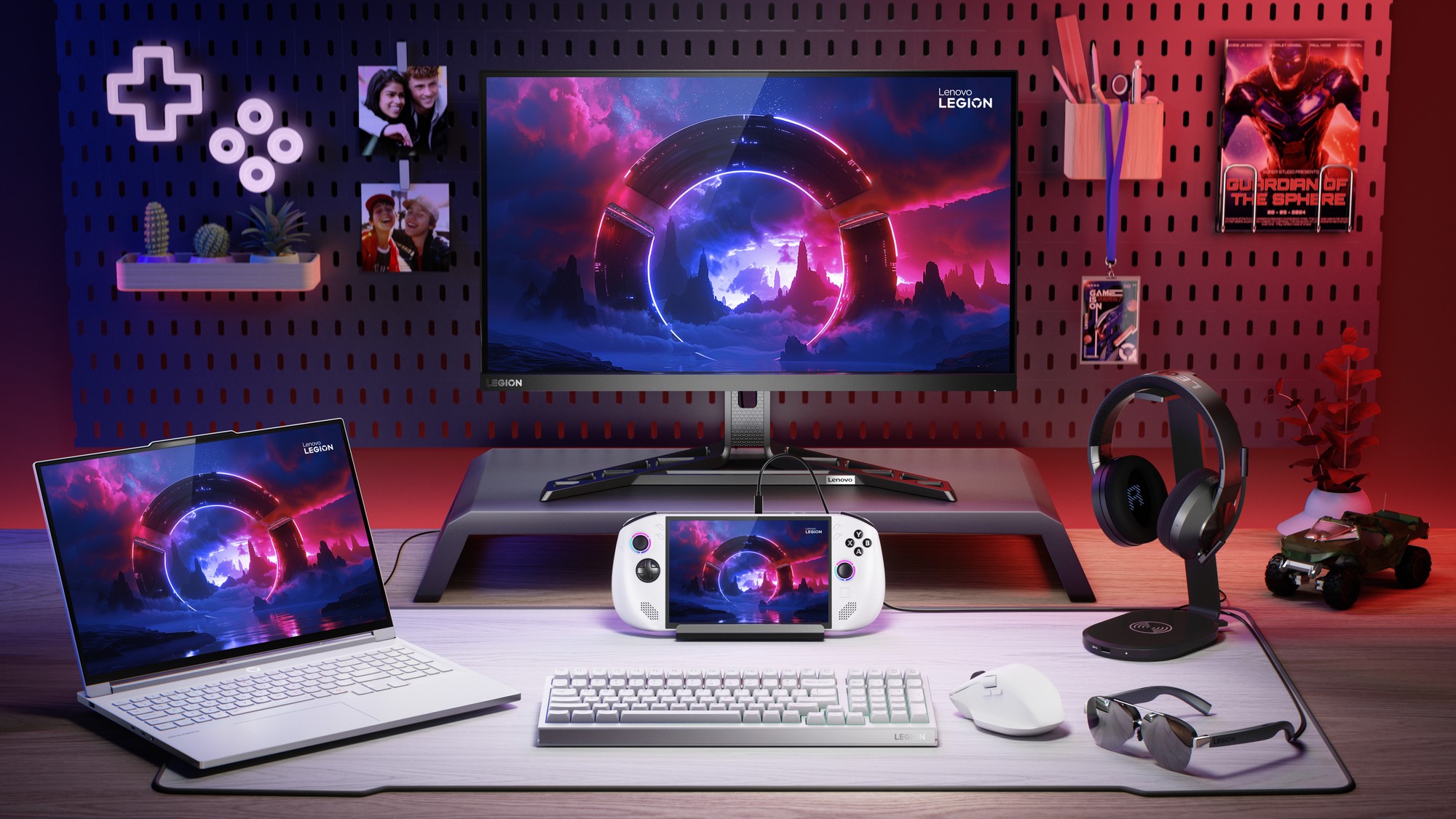
You also get two USB Type-C 4.0 ports, which greatly expands your connectivity options. I'm a big fan of this design, although you lose the versatility the Legion Go offers with its detachable controllers and built-in kickstand. The Lenovo Legion Go S will be available starting this month with an expected price of $729.99, but that'll be the more expensive configuration with the AMD Ryzen Z1 Extreme inside and running on Windows 11.
Yes, the standard Legion Go S runs Windows 11, like most other PC gaming handhelds, but Lenovo has another trick up its sleeve. Coming later this year, the Legion Go S will become the first officially licensed, third-party SteamOS gaming handheld. That's the exact same interface powering the Steam Deck, meaning gamers who prefer that OS will finally have a hardware alternative with more capable hardware inside.
The SteamOS version of the Legion Go S will don a violet chassis but otherwise will be identical to the standard Legion Go S. You'll lose the flexibility of Windows, but SteamOS is far more optimized for handhelds, so it's a more intuitive experience. The Lenovo Legion Go S with SteamOS is expected in May 2025 with a starting price of $499.99, with the Ryzen Z2 Go inside.
The SteamOS version of the Legion Go S will be around $100 less than the Windows-powered equivalent, depending on your region, and that's thanks to Windows' licensing fees. At around the same time, we should get a new entry-level Legion Go S with Windows for around $599.99, also powered by the Ryzen Z2 Go exclusive to Lenovo's handhelds.
Lenovo Legion Go owners can also expect a refreshed Legion Space software suite with new features and an improved interface, which is always great to see. The Lenovo Legion Go S looks and feels awesome, with a refined design and feature set, and the new Legion Space software is the icing on the cake. It's more modern, responsive, and intuitive, and that'll help a great deal when navigating awkward Windows.
A next-gen Legion Go on the horizon
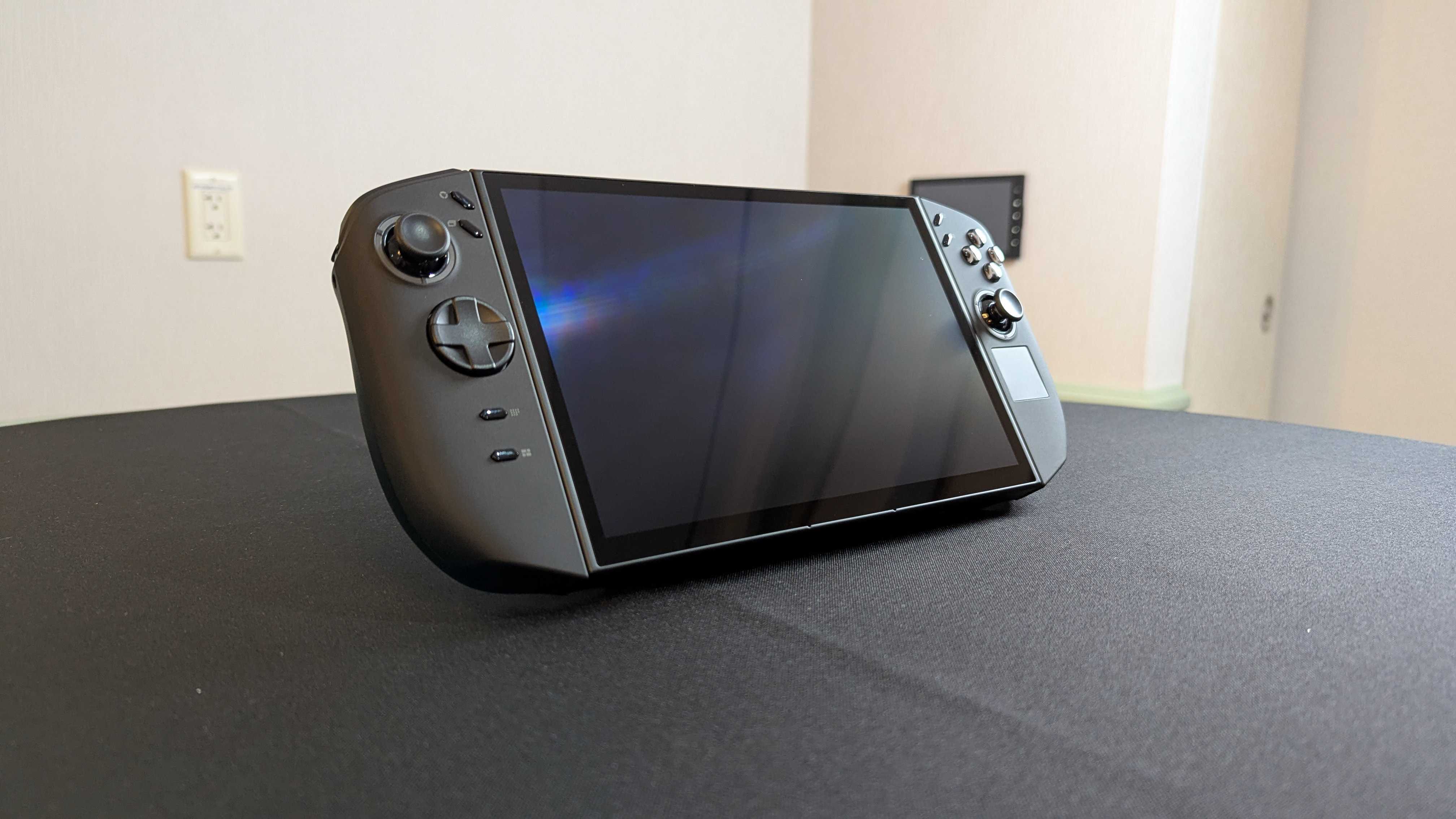
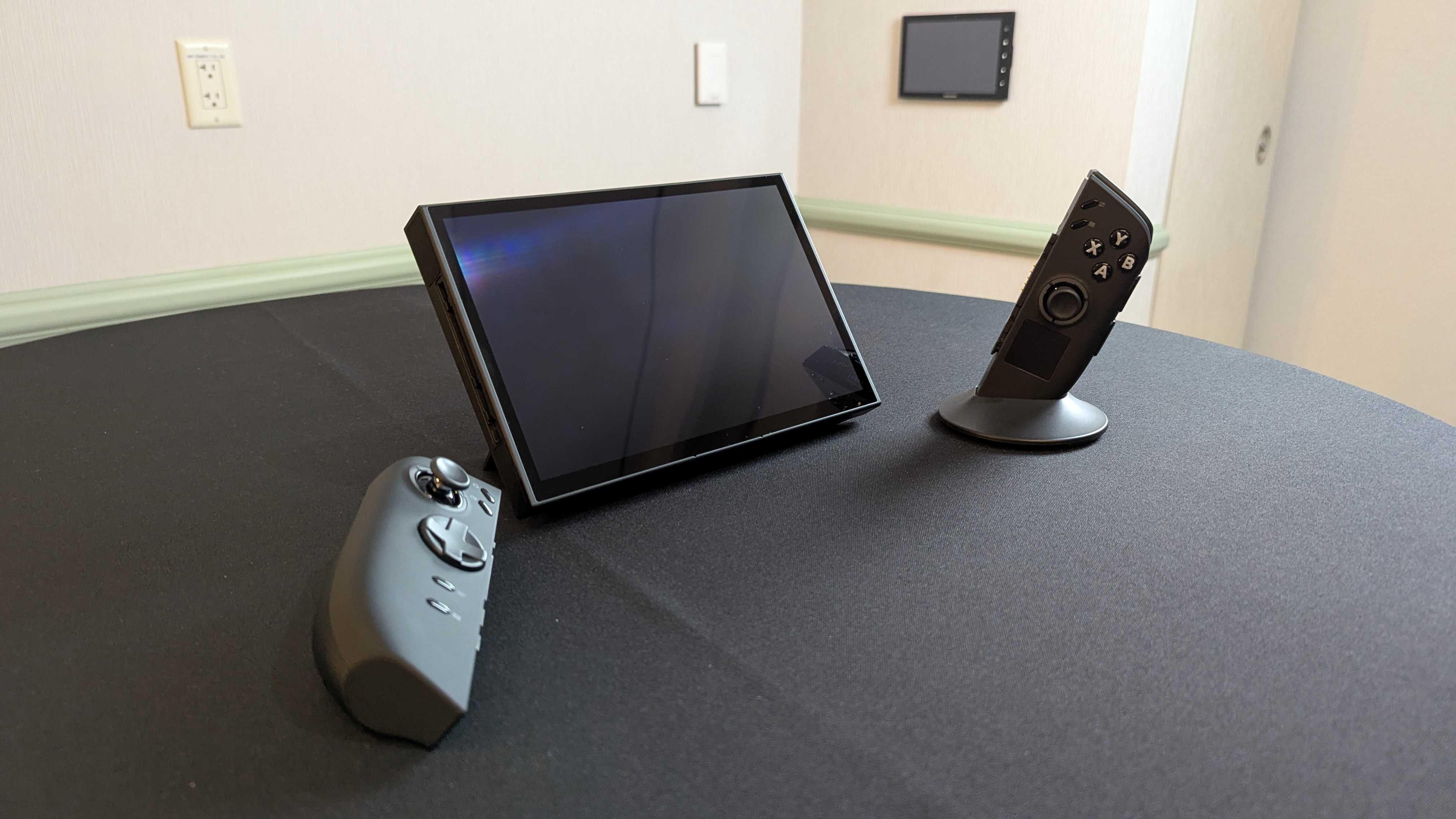
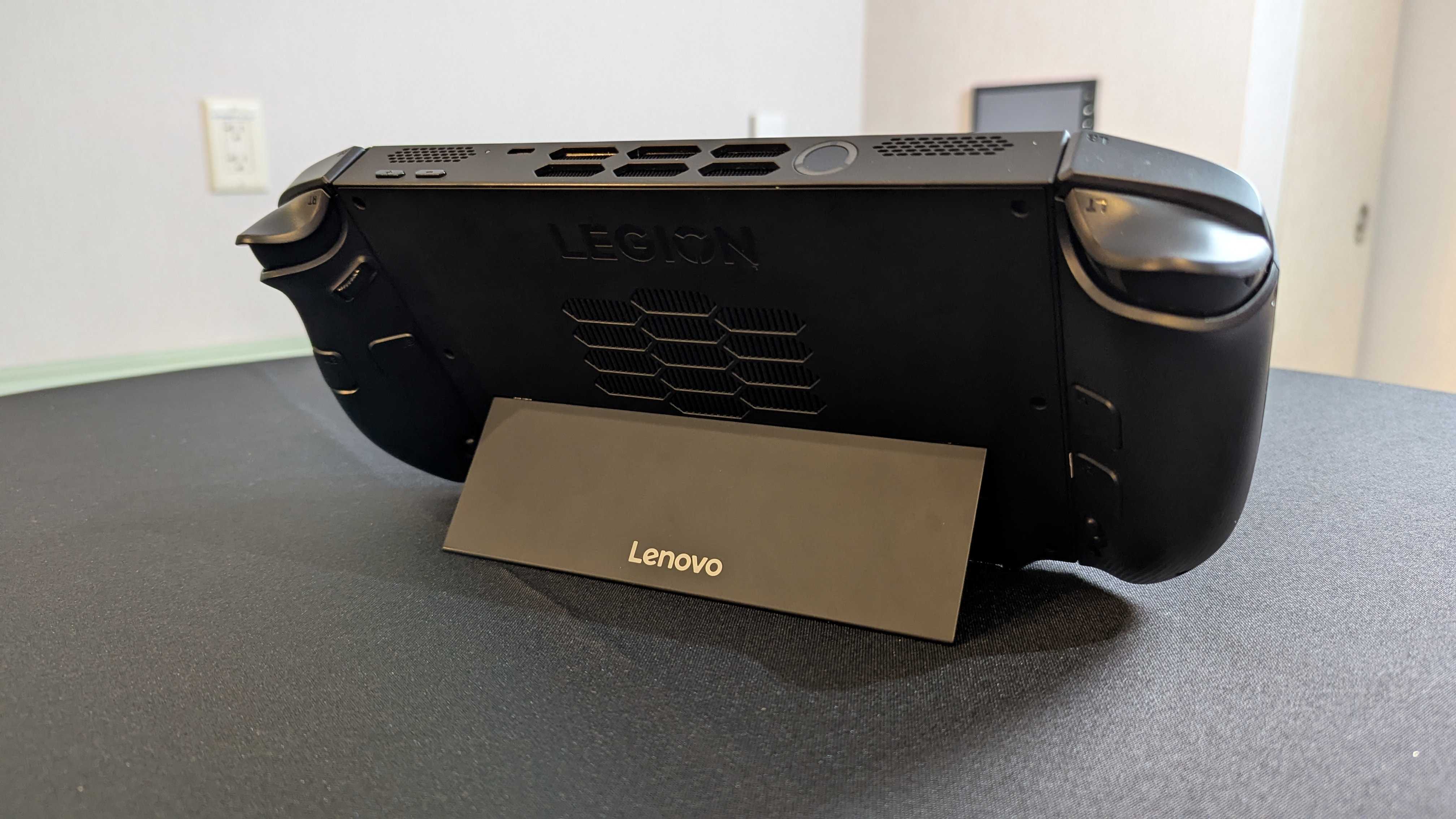
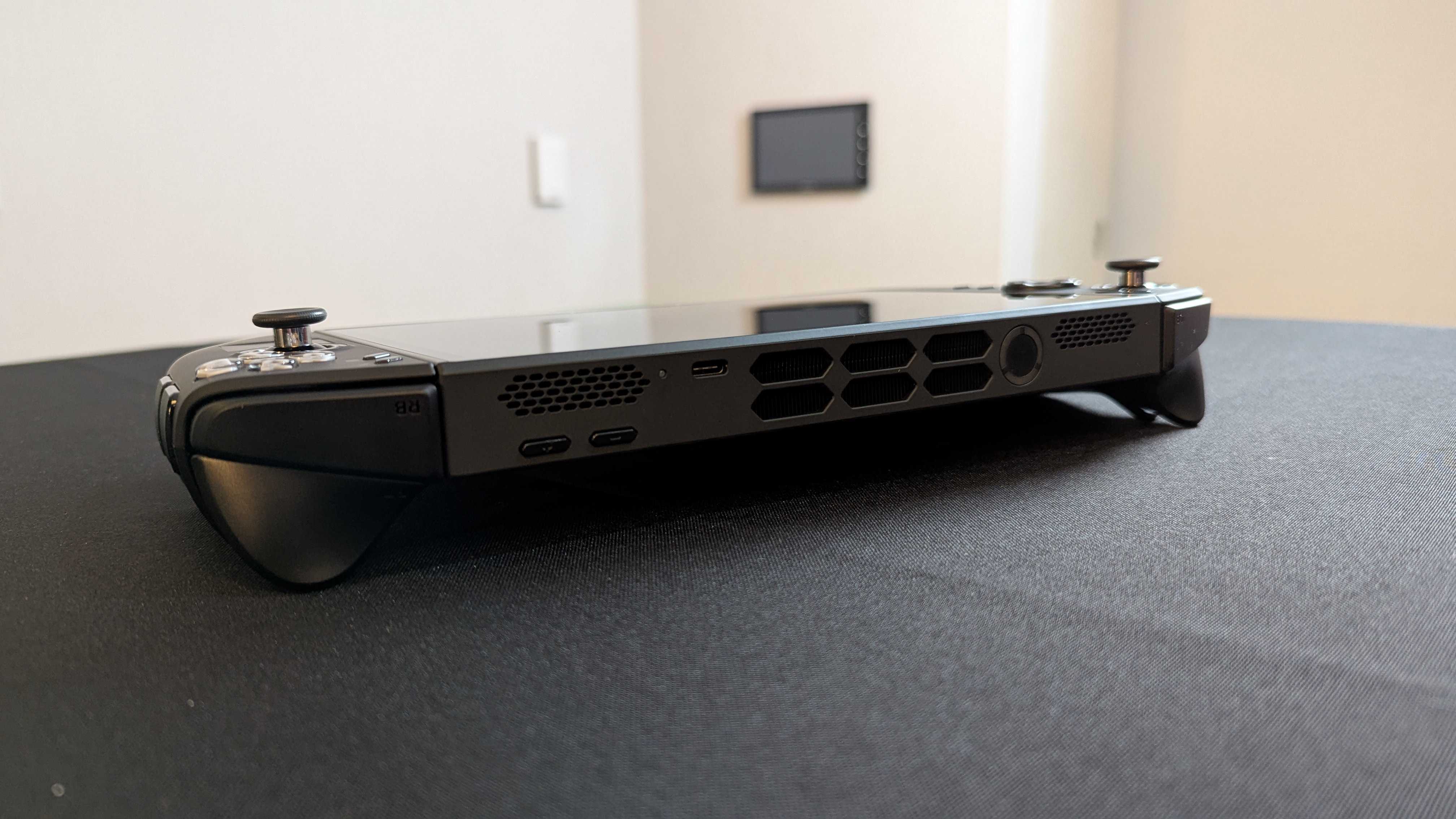
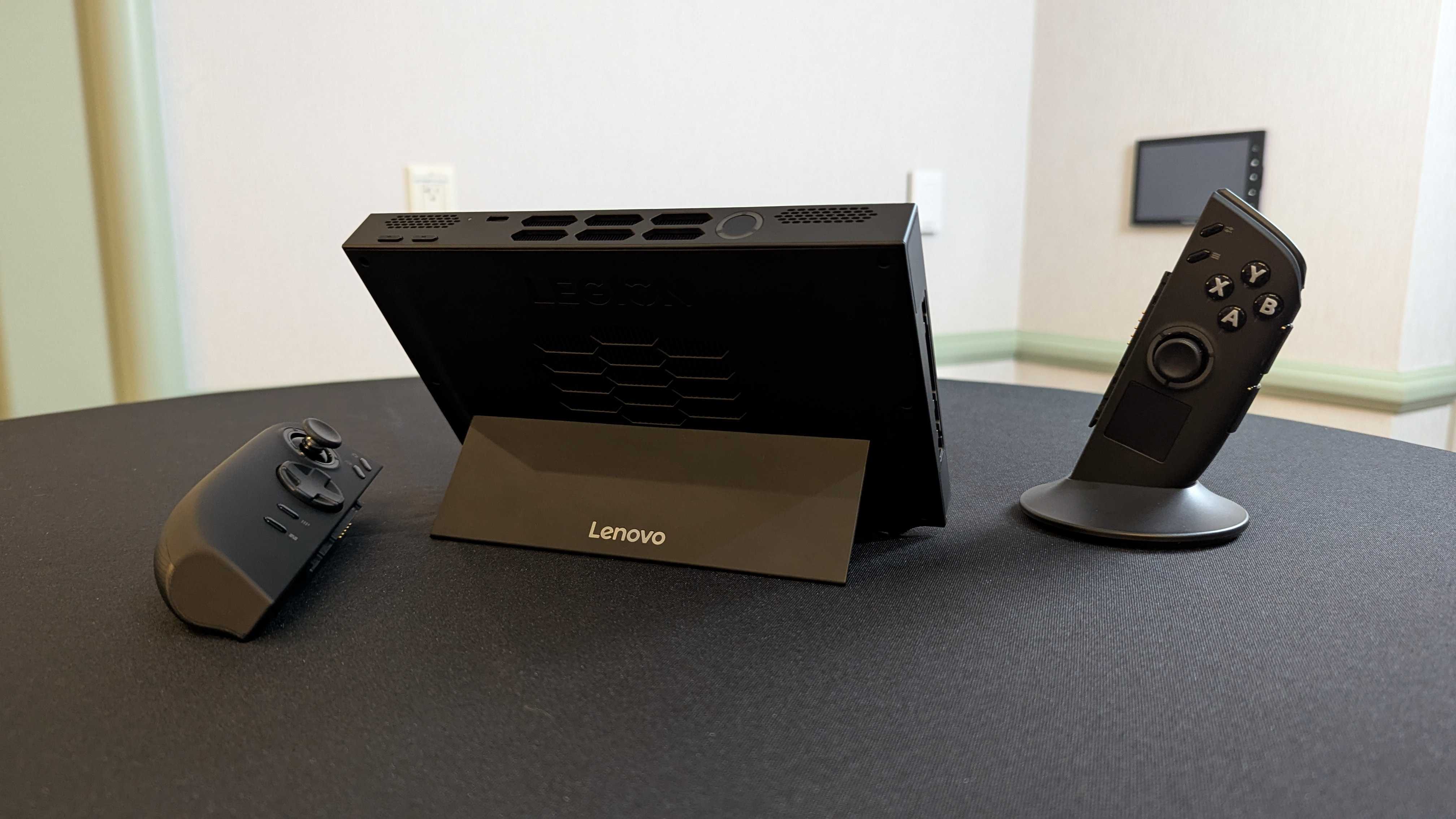
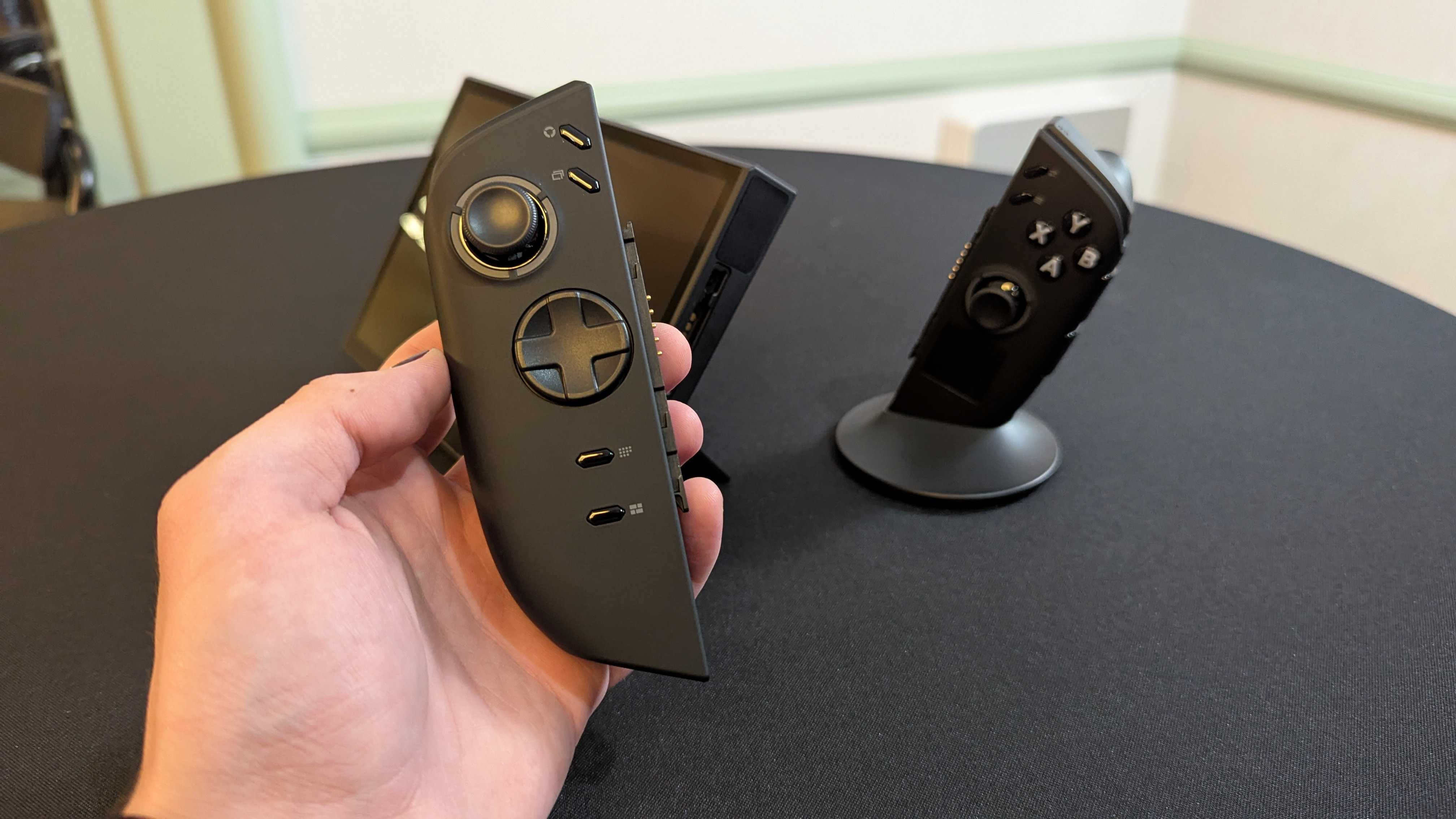
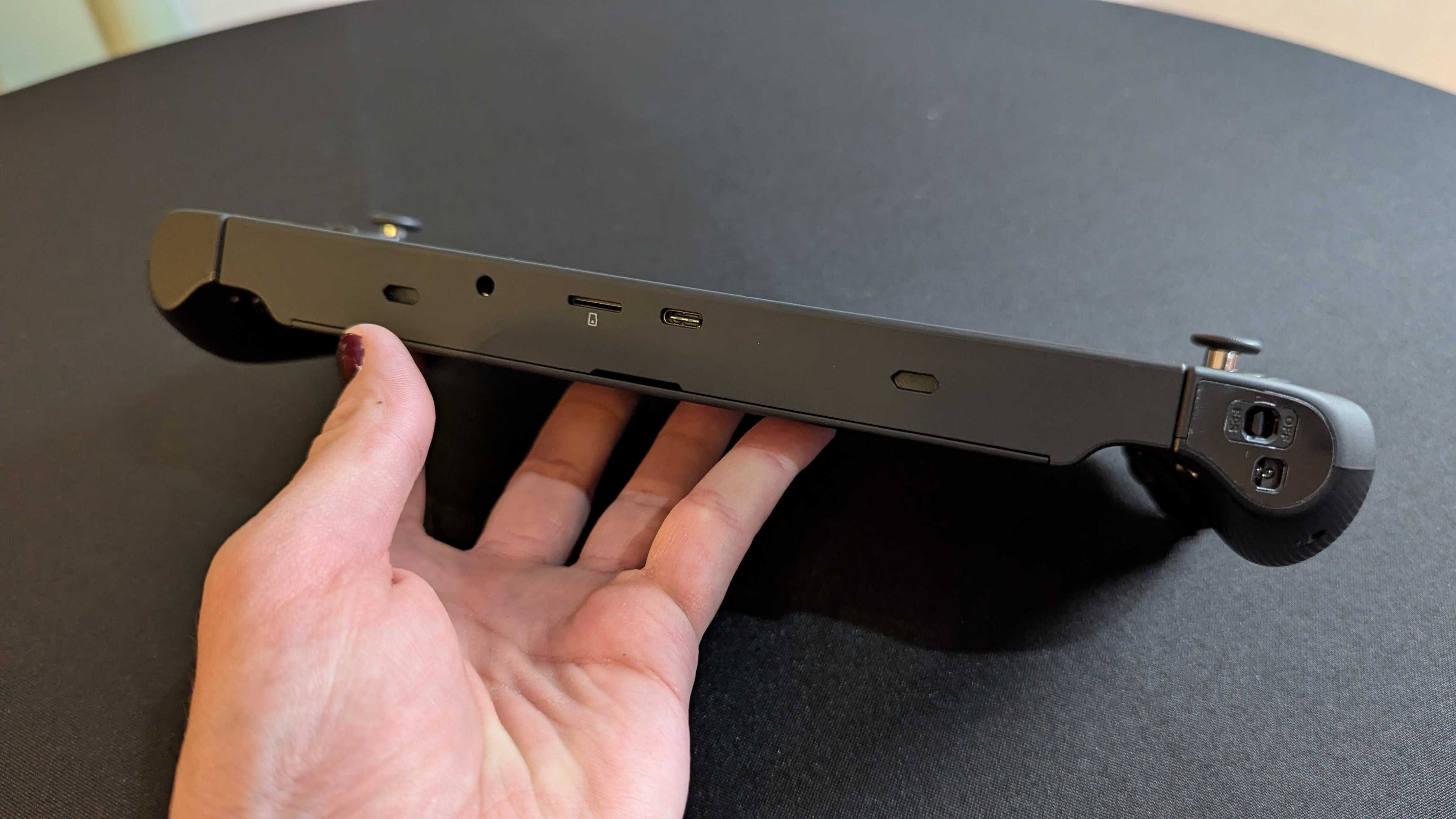
Alongside the Lenovo Legion Go S, Lenovo offered us a sneak peek at the future flagship of the handheld gaming line. The Lenovo Legion Go (Gen 2) doesn't have a release window or any pricing information yet, but we at least know more about the ultra-premium handheld's hardware and how Lenovo is planning to improve upon the Legion Go.
This will be for the gamers who can't give up the versatility of the first-gen Legion Go, as the next-gen upgrade will still boast the detachable controllers and built-in kickstand. Actually, Lenovo made major improvements to the ergonomics of those controllers. The big upgrade here is the display, though, which was already a highlight of the Legion Go.
Now, we're getting an 8.8-inch, 16:10 OLED display with VRR support, so we can expect the Legion Go (Gen 2) to offer one of the best visual experiences of any gaming handheld on the market. Powering that display will be the upcoming AMD Ryzen Z2 or Ryzen Z2 Extreme, which should hopefully lead to performance and efficiency gains versus the Ryzen Z1 platform we're used to.
You'll also be able to pair the Legion Go (Gen 2) with up to 32GB of RAM and 2TB of SSD storage. With the Ryzen Z2 Extreme and that 144Hz OLED display, it should be a monster for mobile PC gaming. We also expect it to be extremely expensive, but we'll have to wait longer to find out exactly how much it'll cost. The Lenovo Legion Go (Gen 2) we saw at CES 2025 was a prototype, after all. That aside, I'm super excited to see Lenovo invest in handheld gaming, and it's awesome to see SteamOS come to more hardware.







